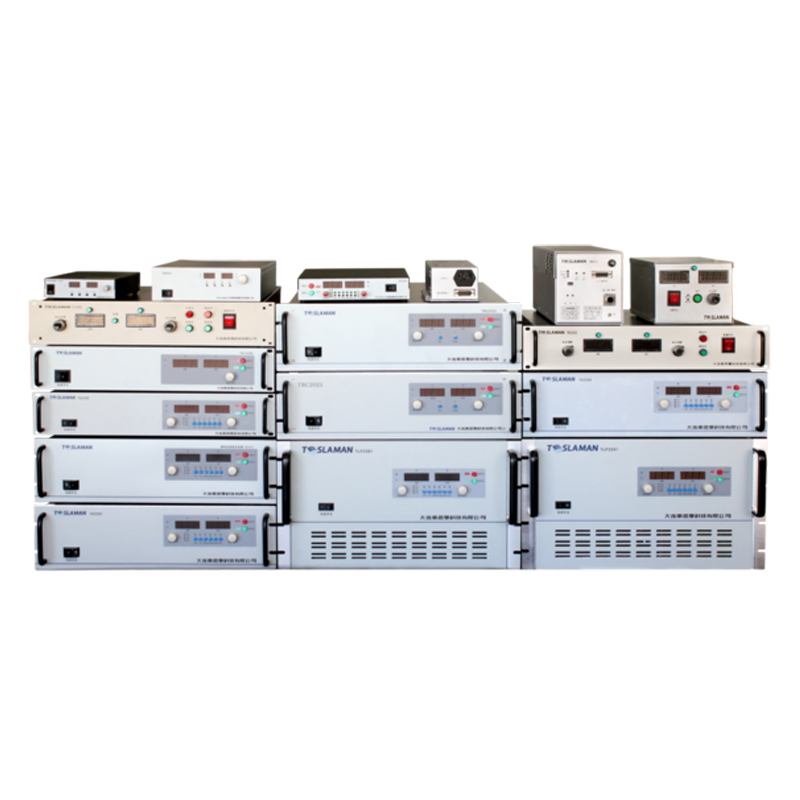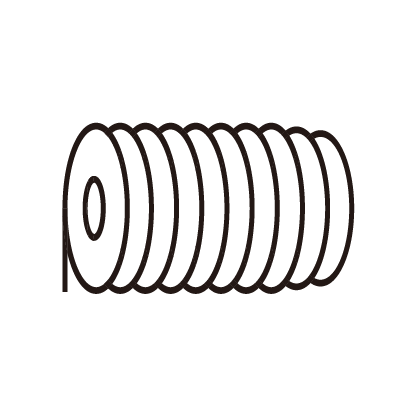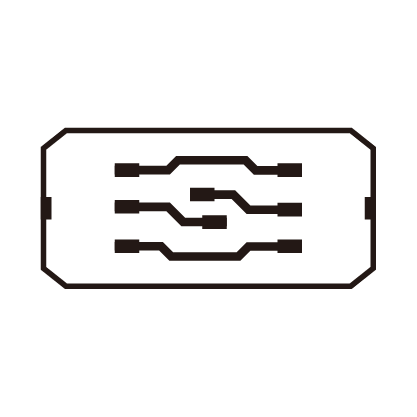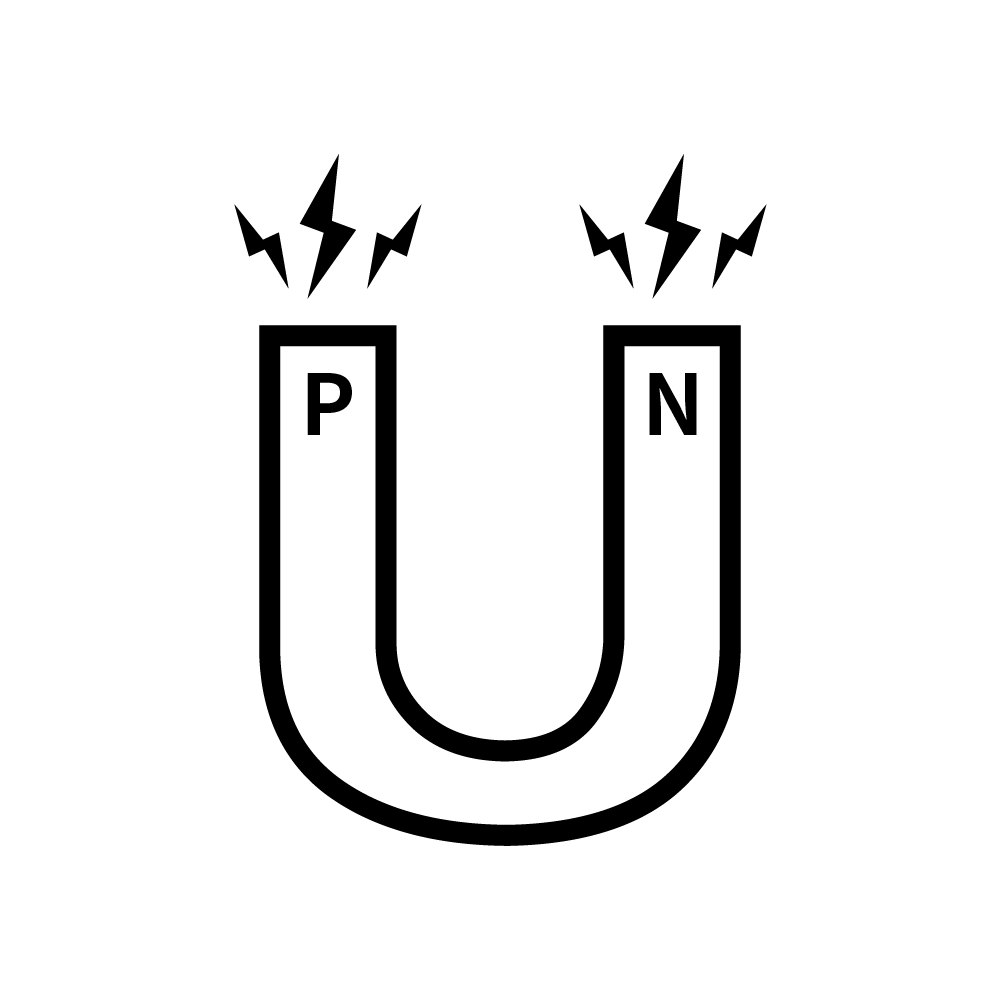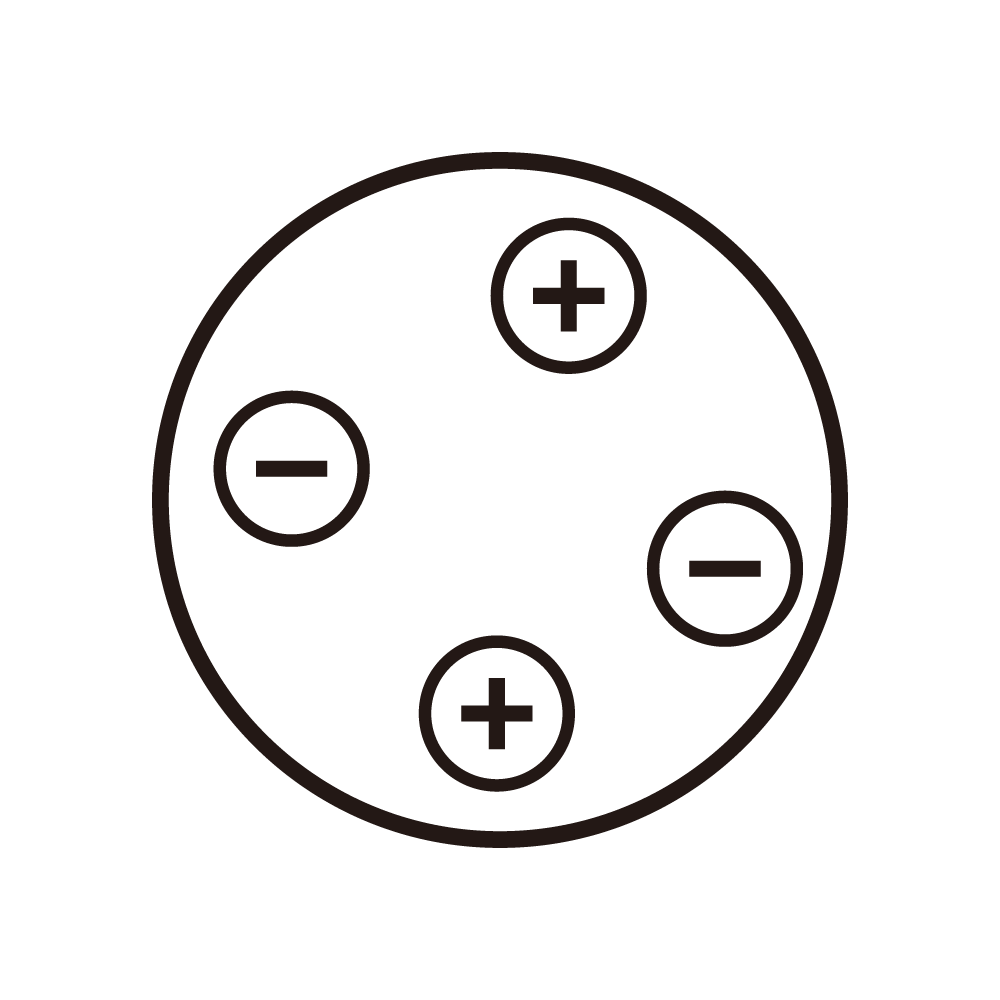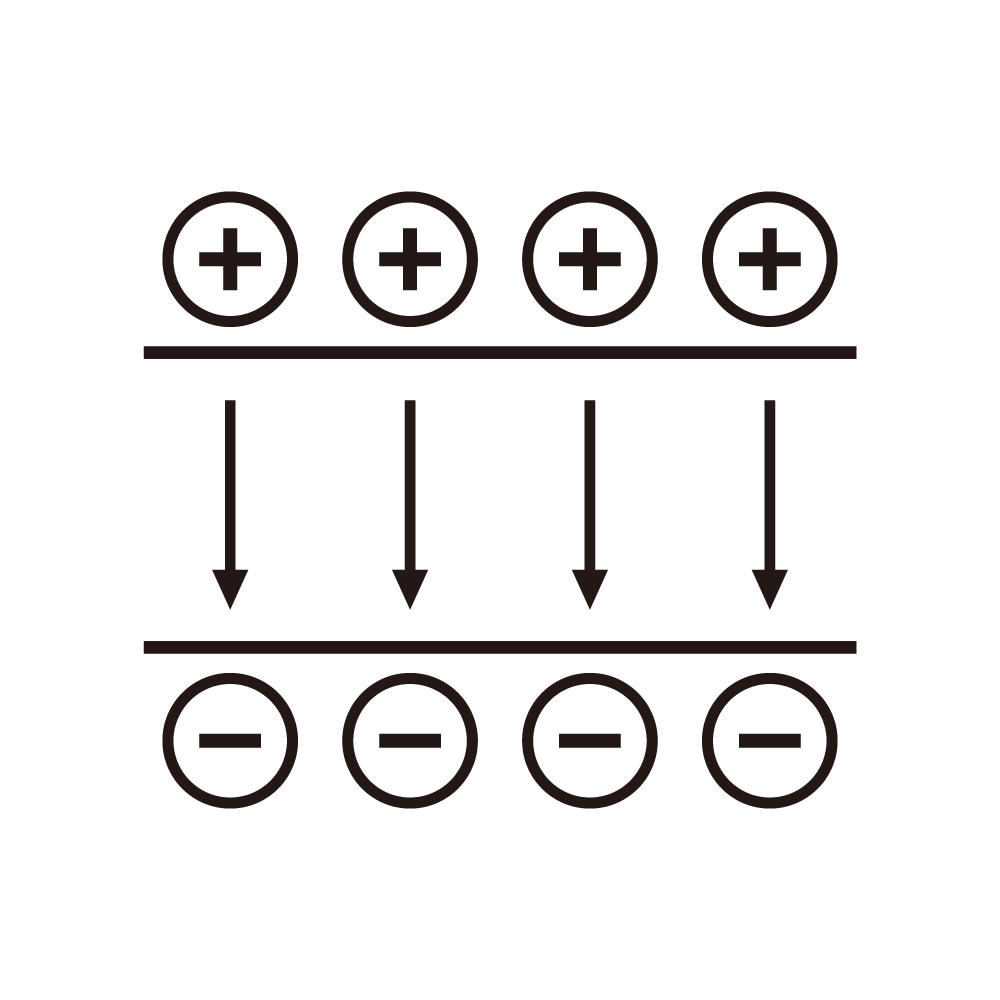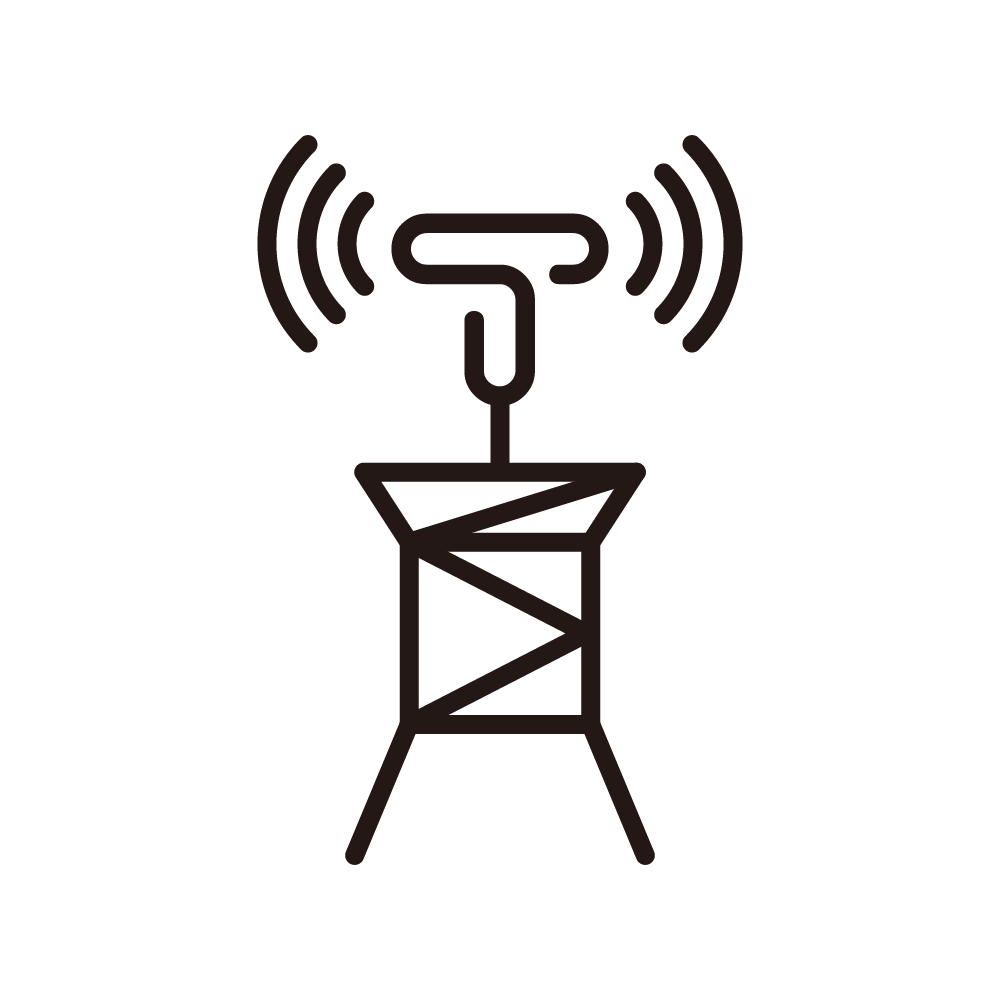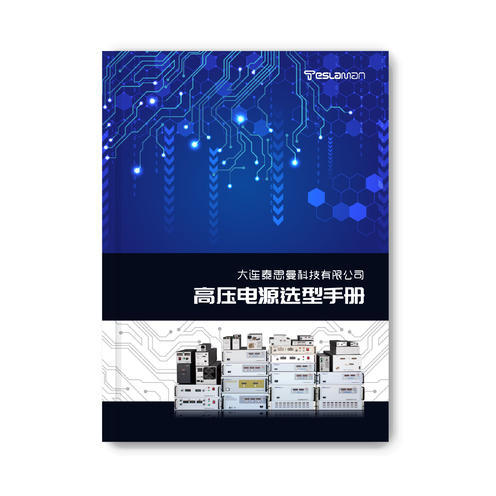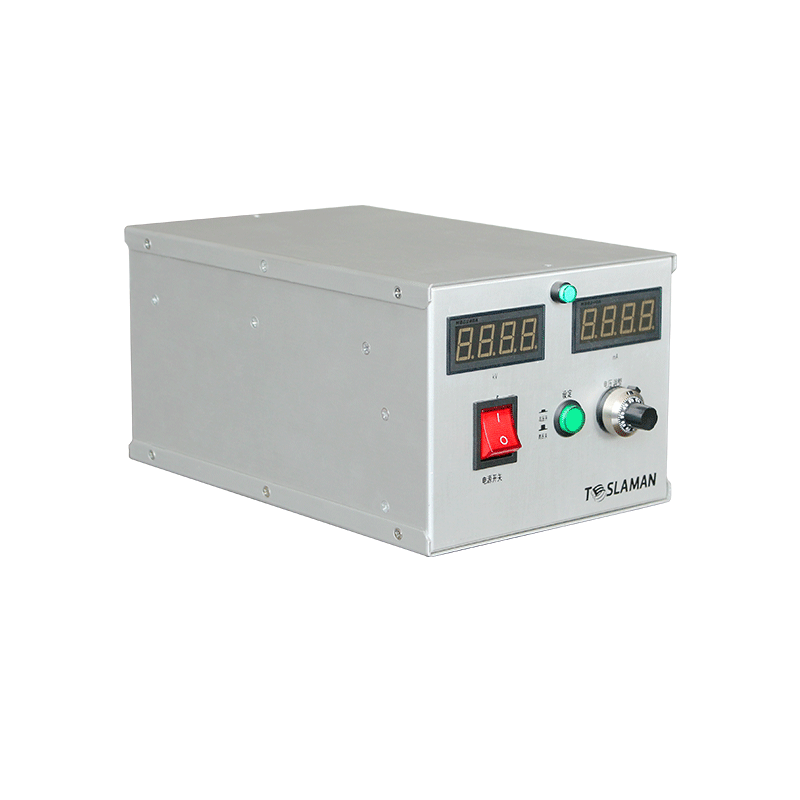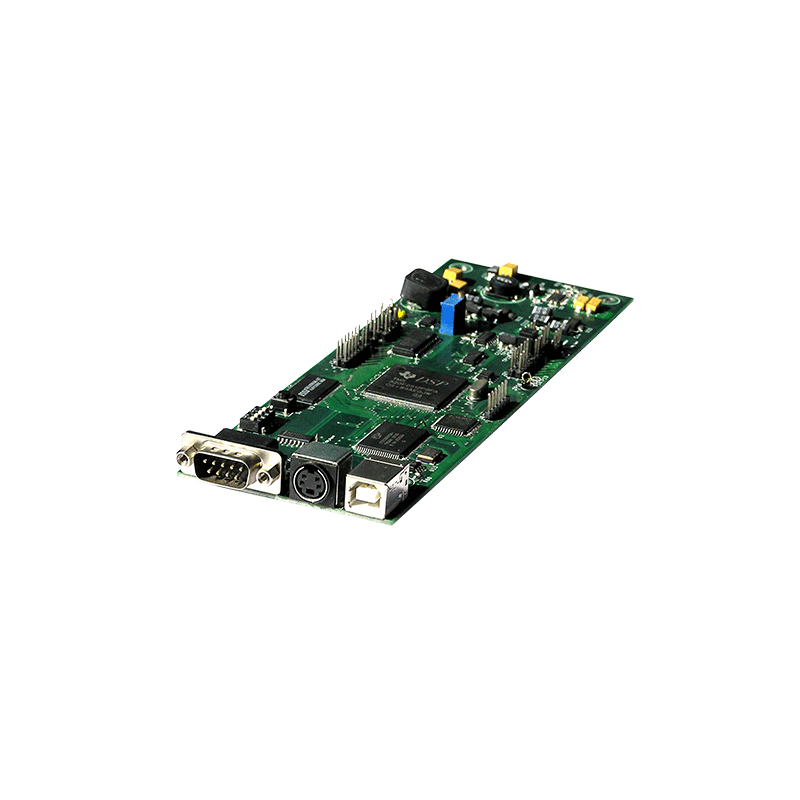Precision Regulation of High Voltage Power Supplies for Ion Implantation
Ion implantation is a cornerstone technique in semiconductor fabrication, where dopant ions are accelerated and embedded into substrates at controlled depths and concentrations. The precision of the high-voltage power supply directly governs the accuracy of ion energy and dose uniformity. Typical accelerating voltages range from tens to hundreds of kilovolts, and allowable deviations are below 0.01%. Achieving such precision under dynamic process conditions demands highly sophisticated control and regulation mechanisms.
Voltage regulation forms the foundation of this precision. The feedback system relies on high-resolution voltage sampling—often 16 to 18 bits—transmitted through optical isolation to the digital controller. Control algorithms are generally based on PID or fuzzy logic schemes, enabling microsecond-scale response with minimal overshoot. The system must maintain both short-term stability during rapid beam transitions and long-term accuracy over extended operation.
Dynamic control is especially critical. During implantation, energy levels often change according to process steps or substrate requirements. The power supply must perform seamless voltage transitions without beam interruption or transient spikes. Techniques such as phase synchronization and pre-charging allow smooth switching between energy levels while maintaining beam alignment.
Output ripple and noise suppression are equally important. Since the implanted dose directly depends on beam current stability, any voltage ripple translates to energy fluctuation. Therefore, output ripple must be below 10⁻⁴, and low-frequency drift below 0.001%. This is achieved through multi-stage active filtering, magnetic shielding, and precision compensation circuits. Parallel-phase converter architectures are often used to reduce transient fluctuations and distribute heat evenly.
Thermal management is also a central design factor. Continuous high-voltage operation generates substantial heat, which, if unbalanced, can induce thermal drift. Liquid or forced-air cooling systems ensure uniform temperature distribution across the converter modules, while digital compensation algorithms correct for any residual drift in real time.
Insulation design plays a crucial role in maintaining stability and safety. Because ion implantation occurs in a high-vacuum environment, surface flashover and corona discharge must be prevented. Engineers use ceramic insulation, optimized electrode geometry, and field simulation analysis to minimize stress concentration and ensure uniform potential distribution.
By integrating these techniques, ion implantation power supplies achieve exceptional stability, responsiveness, and repeatability. Their precision regulation directly determines process yield and device uniformity in semiconductor manufacturing, underscoring the central role of power electronics innovation in microelectronics technology.
